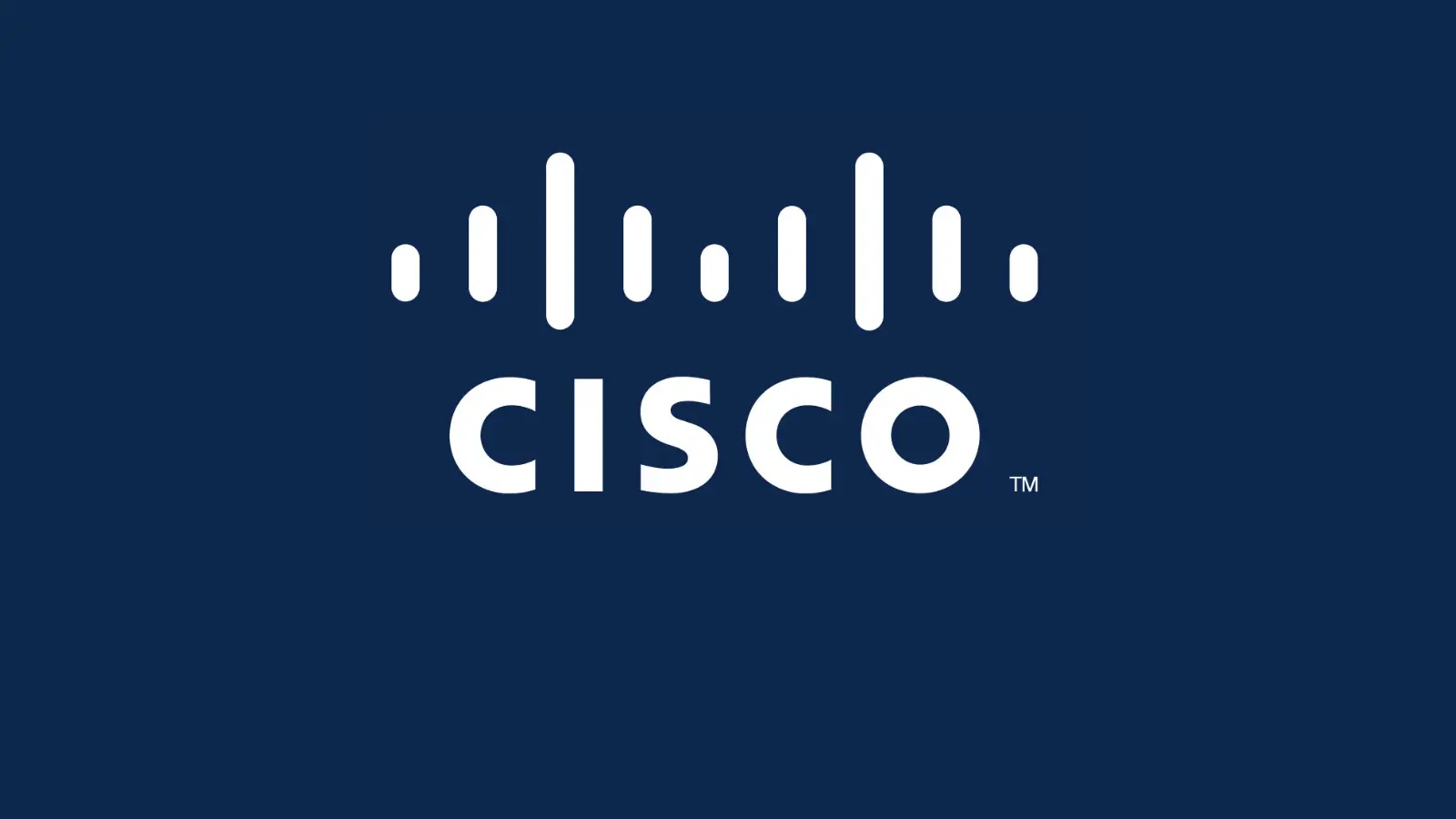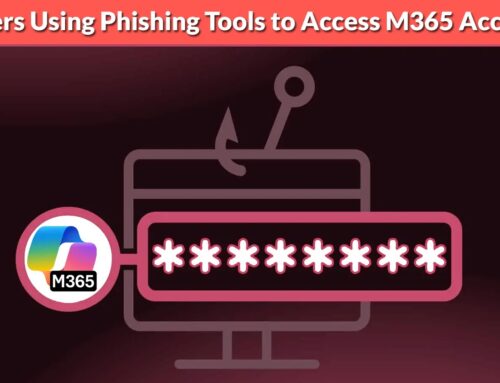
Cisco IOS and IOS XE Software Vulnerabilities Let Attackers Execute Remote Code
Cisco IOS and IOS XE Vulnerabilities: A Critical Threat to Network Control
Network infrastructure forms the backbone of modern business operations, and the devices powering it are often the most critical assets to secure. Recent disclosures from Cisco have brought to light severe vulnerabilities within their widely deployed IOS and IOS XE Software. These flaws present a significant risk, potentially allowing threat actors to achieve remote code execution and gain full control over affected devices, or trigger denial-of-service conditions. For any organization relying on Cisco networking equipment, understanding and addressing these vulnerabilities is paramount.
Understanding the Vulnerabilities: SNMP and Stack Overflows
The core of these critical vulnerabilities lies within the Simple Network Management Protocol (SNMP) subsystem of Cisco IOS and IOS XE. Specifically, the identified issues are rooted in a stack overflow condition. A stack overflow occurs when a program attempts to write more data to a memory buffer on the call stack than the buffer is allocated to hold. This overwrites adjacent memory locations, which can lead to unexpected program behavior, crashes, or, in severe cases, the execution of arbitrary code supplied by an attacker.
Attackers can exploit this specific vulnerability by sending a specially crafted SNMP packet to an affected device. The malformed request triggers the stack overflow, leading to a denial of service (device crash) or, more ominously, enabling remote code execution (RCE). RCE grants the attacker the ability to run arbitrary commands on the compromised device, effectively ceding complete control to them. This level of access could facilitate data exfiltration, network disruption, or serve as a launching pad for further attacks within a network.
Identified CVEs and Their Impact
Cisco has assigned the following Common Vulnerabilities and Exposures (CVE) identifiers to these critical issues, signaling their severity and providing a standardized way for organizations to track and manage them:
- CVE-2023-20076: This vulnerability impacts the SNMP subsystem and is considered high severity. It could allow an unauthenticated, remote attacker to cause a reload of the affected system or execute arbitrary code. More information can be found at: CVE-2023-20076
- CVE-2023-20077: Another high-severity vulnerability within the SNMP subsystem. Similar to CVE-2023-20076, this could lead to a denial of service or remote code execution. Details are available here: CVE-2023-20077
The severity of these CVEs underscores the urgent need for organizations to assess their exposure and implement the necessary patches. Unauthenticated remote code execution is among the most dangerous types of vulnerabilities, as it often requires minimal interaction from the victim and can be carried out from anywhere on the internet if the device is exposed.
Remediation Actions: Securing Your Cisco Devices
Addressing these vulnerabilities requires immediate and decisive action. Cisco has released security advisories and software updates to mitigate these risks. Organizations should prioritize the following steps:
- Identify Affected Devices: Conduct a thorough inventory of all Cisco devices running IOS and IOS XE Software within your network. Verify their current operating system versions.
- Consult Cisco Advisories: Refer to the official Cisco Security Advisories for the specific vulnerabilities (linked above). These advisories provide detailed information on affected product versions and software releases containing the fixes.
- Apply Security Patches: The most crucial step is to upgrade your Cisco IOS and IOS XE Software to the versions that contain the security fixes. Follow Cisco’s recommended upgrade paths and procedures meticulously to avoid disrupting network operations.
- Implement Network Segmentation and Access Control: Ensure that SNMP traffic is restricted to only trusted management interfaces and IP addresses. Implement strict access control lists (ACLs) to limit who can communicate with your network devices via SNMP.
- Disable Unused SNMP Features: If SNMP is not actively used for network management, consider disabling it entirely on devices where it’s not essential.
- Monitor Network Traffic for Anomalies: Implement robust network monitoring to detect unusual SNMP traffic patterns or attempts to exploit these vulnerabilities. Look for malformed packets or unexpected reloads.
- Backup Configurations: Before performing any major software upgrades, ensure you have current and verified backups of your device configurations.
Detection and Scanning Tools for Cisco Vulnerabilities
Leveraging appropriate tools is essential for identifying vulnerable systems and verifying the effectiveness of your remediation efforts. Here are some relevant tools:
| Tool Name | Purpose | Link |
|---|---|---|
| Nessus | Vulnerability scanning and detection of known CVEs, including Cisco IOS/IOS XE issues. | Tenable Nessus |
| OpenVAS | Open-source vulnerability scanner capable of detecting network device vulnerabilities. | OpenVAS (Greenbone) |
| Cisco Snort SIDs | Intrusion Detection/Prevention System rules for detecting exploit attempts against Cisco devices. | Snort |
| Wireshark | Network protocol analyzer for deep inspection of SNMP traffic and identifying malformed packets. | Wireshark |
Protecting Your Network: A Prudent Approach
The discovery of these vulnerabilities in Cisco IOS and IOS XE highlights the continuous need for vigilance in cybersecurity. Remote code execution exploits pose a direct and immediate threat to network integrity and organizational security. By prioritizing timely patching, strengthening access controls, and maintaining robust monitoring practices, organizations can significantly reduce their attack surface and protect their critical infrastructure from sophisticated threats. Ignoring these warnings could lead to severe operational disruptions, data breaches, and reputational damage. Ensure your network devices are secure; your organization’s resilience depends on it.





